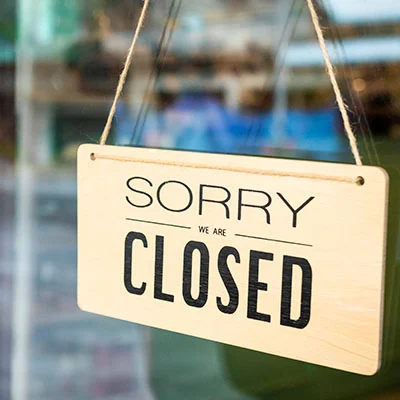By expediting moves toward ship-from-store, buy-online-pickup-in-store (BOPIS) and other alternative fulfillment options, those retailers seized a growth opportunity in a slow economy. At the same time, they continued to move inventory, employ associates, and effectively utilize brick-and-mortar assets all while delighting customers.
However, in the rush to make those changes and meet consumer demand, it is not enough to have resources capable of adapting and executing your supply chain network strategy. It is essential that those resources provide a clear understanding of how alternative services affect costs across your transportation network.
While offering service alternatives to a demanding consumer base can drive revenue growth, profit margins can quickly disappear without awareness to how those new delivery options can affect freight cost, time-in-transit and carrier utilization, among other key transportation performance metrics.
We help our retail clients recognize the financial implications of their service changes with a transportation alignment study that helps them quickly redesign their network strategy, execute on transportation procurement and access the evidence required for decision-making that protects profitable performance.
Evolving Fulfillment Strategy to Meet Online Demand

When the pandemic began affecting U.S. retailers, many of our clients with distribution centers faced the risk of closure due to “Stay at Home, Work Safe” guidelines issued by federal and local agencies. At the same time, revenue was stagnant for retailers with brick-and-mortar storefronts that were required to close due to social distancing expectations.
With online sales booming, some of our retail clients took brave action to convert darkened stores into mini-fulfillment centers. Deploying staff from distribution centers and stores to complete fulfillment activity at the retail locations, these clients are not only able to keep staff gainfully employed, they are also utilizing store inventory that might have otherwise gone unsold.
Making this type of move with your fulfillment strategy can happen quickly – scenarios within 10 days have been reported for some retailers. Adding BOPIS with curbside capabilities can happen in 60 days. These types of changes have become a necessity for retailers across the country, but by changing fulfillment models, these organizations also completely changed their supply chain and distribution network. Unfortunately, because this adaptation occurred so quickly and with such a need to continue business, it is not always supported by the essential transportation study and analysis that determines the cost implications of the network changes.
Do you have the systems in place to determine how these changes affect freight cost, profit margin and customer experience?
Leveraging Data, Analysis to Manage Cost of Online Fulfillment

As our retail clients are rapidly responding to the changes the pandemic is driving in consumer behaviors, we use technology tools and industry expertise to support network alignment studies that clarify cost implications of service changes.
Using historical shipping data, analysis and multi-modal expertise, we help clients manage cost/identify opportunity by providing greater visibility to:
- Impact of network changes to overall transportation cost
- Time in transit through predictive modeling based on carrier zone information
- Freight expense as percentage of cost to serve
- Margin impact by product level
- Consumer geography and accessorial changes
- Overlapping shipment details
- Store-level profitability
- Split-order percentage trends
- “True” customer experience metrics
- Consumer behavior analysis
With the results of our network alignment/margin management study, we help our retail clients make changes to their carrier contracts, their carrier utilization or their market response. In doing so, we’re able to help make sure they are fulfilling orders in a profitable way, while protecting customer experience.
Master Online Fulfillment
Organizations that create a supply chain personalized to the expectations and behaviors of their customers can achieve greater brand loyalty and improve customer retention. At the same time, the shippers that establish a nimble network can rapidly respond to fluctuations in supply and demand and capitalize on opportunities for growth.
If your business is pursuing rapid deployment of alternative fulfillment practices, make sure you understand fulfillment costs at the retail store location. Retailers that can manage network costs associated with a strategy adjustment in order fulfillment can realize competitive advantage. That’s especially meaningful in a tumultuous environment where rapid supply chain pivots are required to capitalize on changes in consumer behavior.
As a supply chain master, we’ve worked with hundreds of organizations mapping thousands of supply chains. Applying expertise across diverse retail categories and industry segments, multi-modal transportation management capabilities and technology-enabled data management and analysis, we help clients align their transportation practices with their business goals.
To master your online order fulfillment and deploy a variety of final delivery options talk to one of our experts today.










